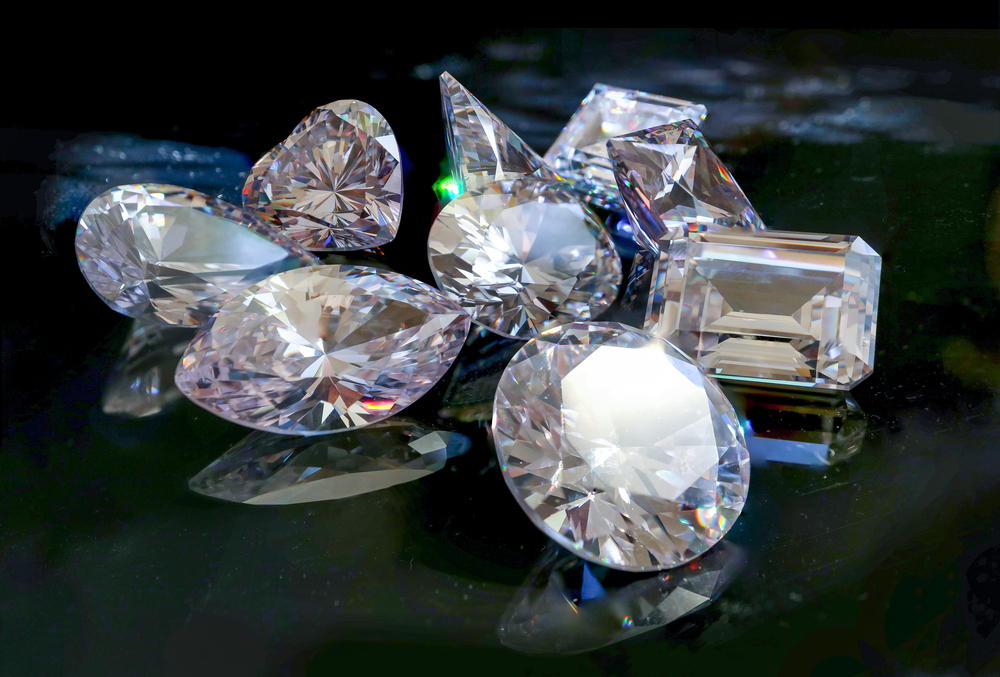
The jewelry industry has experienced a significant shift toward sustainability, innovation, and ethical sourcing, and one of the most exciting developments in this regard is the rise of lab-grown diamonds. Once considered a niche alternative to natural diamonds, lab-grown diamonds are now becoming increasingly popular among consumers looking for a more environmentally responsible and affordable option for fine jewelry. This article explores the growing appeal of lab grown diamonds, their advantages, and their potential to shape the future of the jewelry industry.
What Are Lab Grown Diamonds?
Lab grown diamonds, also known as synthetic or cultured diamonds, are real diamonds that are created in controlled laboratory environments. Unlike natural diamonds, which take millions of years to form deep within the Earth’s crust under extreme pressure and temperature, lab-grown diamonds are made through two primary processes: High Pressure High Temperature (HPHT) and Chemical Vapor Deposition (CVD). Both methods replicate the natural conditions that produce diamonds, resulting in gemstones that are chemically, physically, and optically identical to their natural counterparts.
HPHT involves mimicking the extreme pressure and temperature conditions found deep within the Earth, while CVD uses a gas mixture to deposit carbon atoms onto a substrate, slowly building up a diamond crystal layer by layer. These processes allow for the creation of diamonds in a fraction of the time it takes nature to form them, offering a more sustainable and efficient alternative to mining.
Environmental Benefits
One of the most compelling reasons why lab grown diamonds are gaining traction is their environmental benefits. The diamond mining industry has long been associated with significant ecological damage, including deforestation, water contamination, and soil degradation. Furthermore, traditional diamond mining often leads to the destruction of fragile ecosystems and the displacement of indigenous communities.
Lab grown diamonds, on the other hand, are produced in controlled laboratory environments with a significantly smaller environmental footprint. While energy is still required for the creation of the diamonds, advancements in technology are making it possible to produce them using renewable energy sources. As a result, lab-grown diamonds represent a more sustainable option for consumers who are concerned about the environmental impact of their purchases.
Ethical Considerations
Beyond environmental concerns, ethical issues surrounding diamond mining have also contributed to the growing popularity of lab grown diamonds. The mining of natural diamonds has been linked to human rights violations, including exploitative labor practices, unsafe working conditions, and conflicts financed by diamond trade, famously known as “blood diamonds.” These concerns have led to a demand for ethically sourced alternatives that are free from such associations.
Lab grown diamonds offer a solution to these ethical issues. Since they are created in laboratories, there is no risk of human rights abuses or conflict financing. Consumers can feel confident that their purchase supports ethical practices, knowing that no harm has been done to people or communities in the production process.
Affordability and Accessibility
Lab grown diamonds also offer a more affordable alternative to natural diamonds. Because they can be produced more efficiently and without the costs associated with mining, lab-grown diamonds are typically priced 20-40% lower than their natural counterparts of similar quality. This price difference makes it easier for consumers to purchase larger or higher-quality diamonds without breaking the bank. Additionally, since they are available in a wide range of sizes, cuts, and colors, lab-grown diamonds provide consumers with more options to choose from, making them an appealing choice for those looking for a personalized piece of jewelry.
The affordability of lab grown diamonds also makes them more accessible to a broader audience. Couples on a budget can now afford to purchase engagement rings with diamonds that are not only ethically sourced but also visually stunning and long-lasting. This accessibility is helping to democratize luxury, allowing more people to own a diamond, which has historically been an expensive and exclusive symbol of wealth.
The Future of Lab Grown Diamonds
As technology continues to improve and consumer demand for ethical and sustainable products grows, the future of lab-grown diamonds looks incredibly promising. The increasing adoption of lab grown diamonds by major jewelry brands and retailers further solidifies their place in the market. High-end designers are now incorporating lab-grown diamonds into their collections, and consumers are beginning to see them as a legitimate and desirable option, rather than a mere alternative.
Moreover, lab-grown diamonds are also opening up new opportunities for innovation in the jewelry industry. As more laboratories refine their techniques, it’s likely that we will see even more diverse and customized diamond options available in the future, from rare colors and unique cuts to diamonds with distinct characteristics tailored to individual preferences.
Conclusion
In conclusion, lab grown diamonds are poised to redefine the jewelry industry. With their environmental and ethical advantages, along with their affordability and growing consumer acceptance, these diamonds are becoming a brilliant choice for anyone seeking luxury without compromise. As awareness continues to spread and technology evolves, lab-grown diamonds will undoubtedly play an increasingly important role in shaping the future of fine jewelry, providing a sustainable, ethical, and beautiful alternative to natural diamonds.





More Stories
Unlock Effortless Elegance Through the Modern Hairpiece
How a SaaS Marketing Agency Can Transform Your Software Business
Chain Link Fence Port St. Lucie: A Practical Blend of Strength and Simplicity